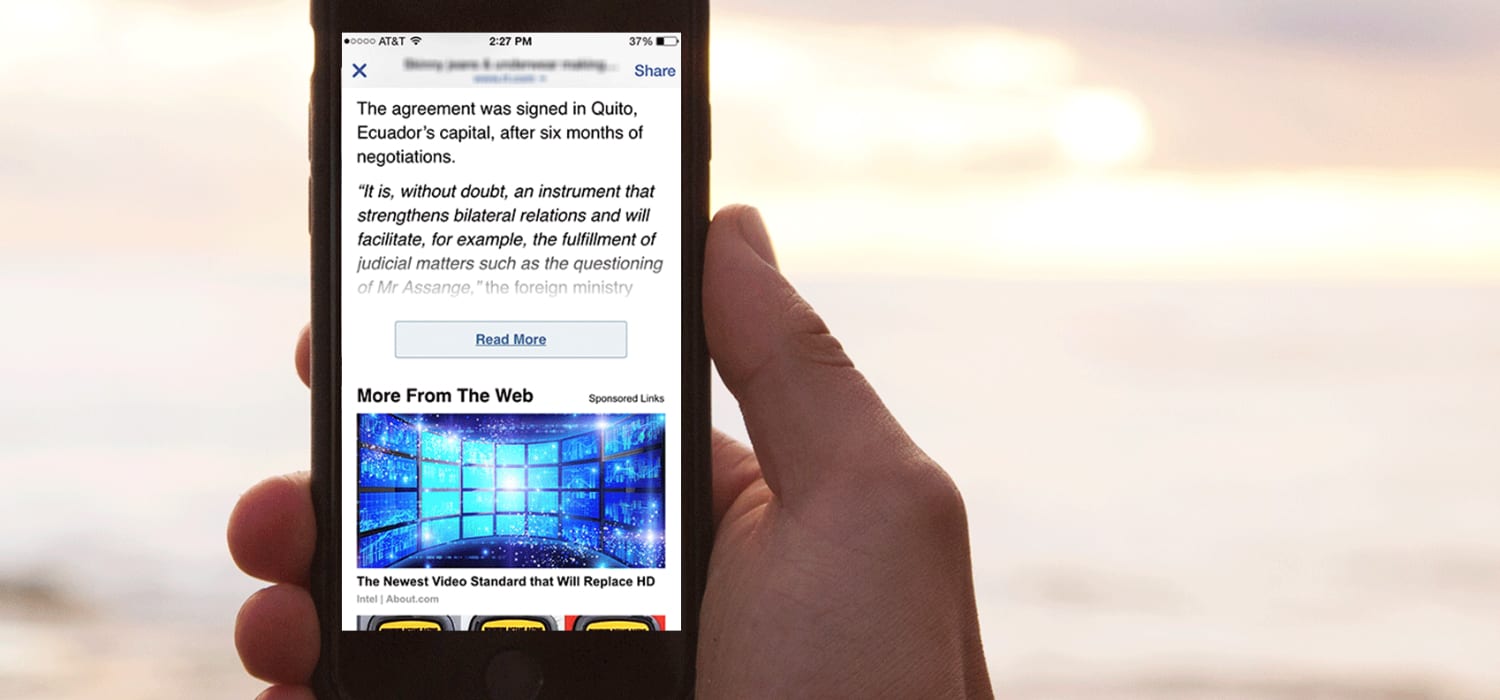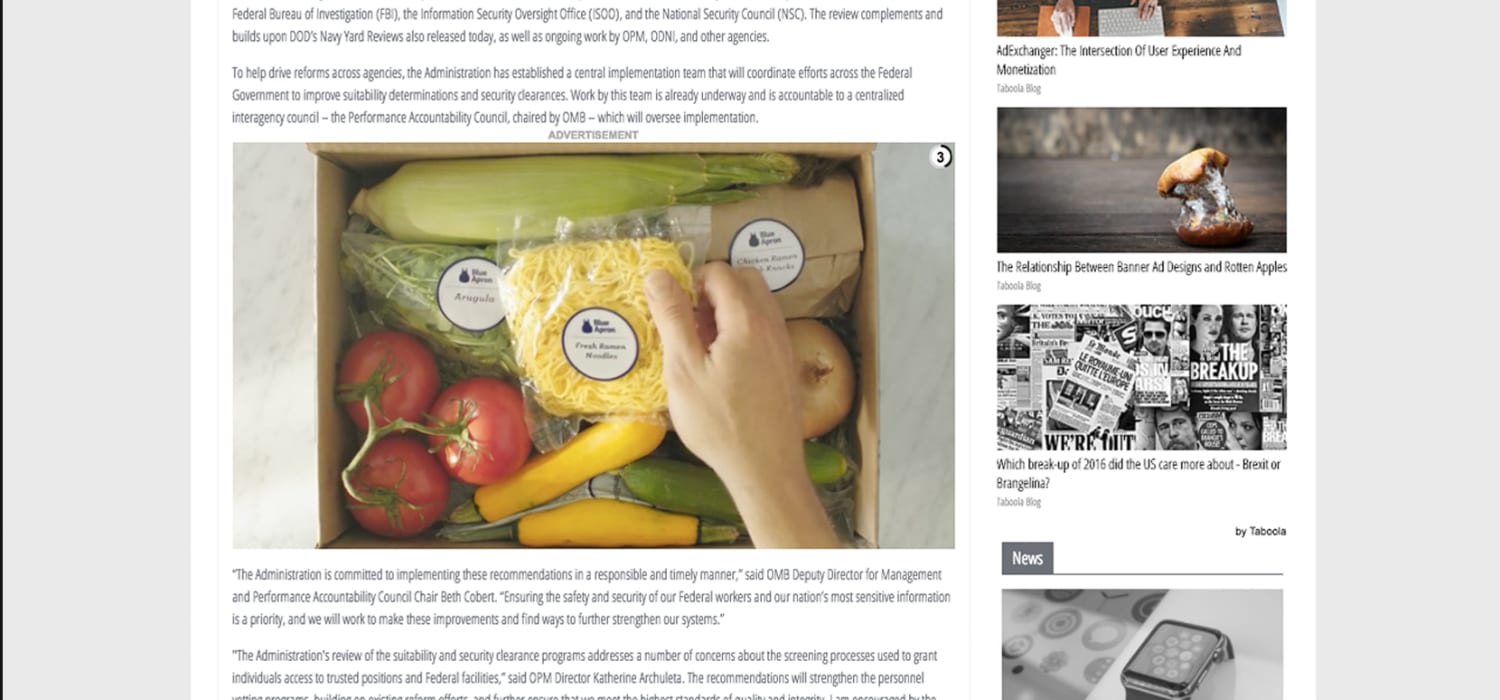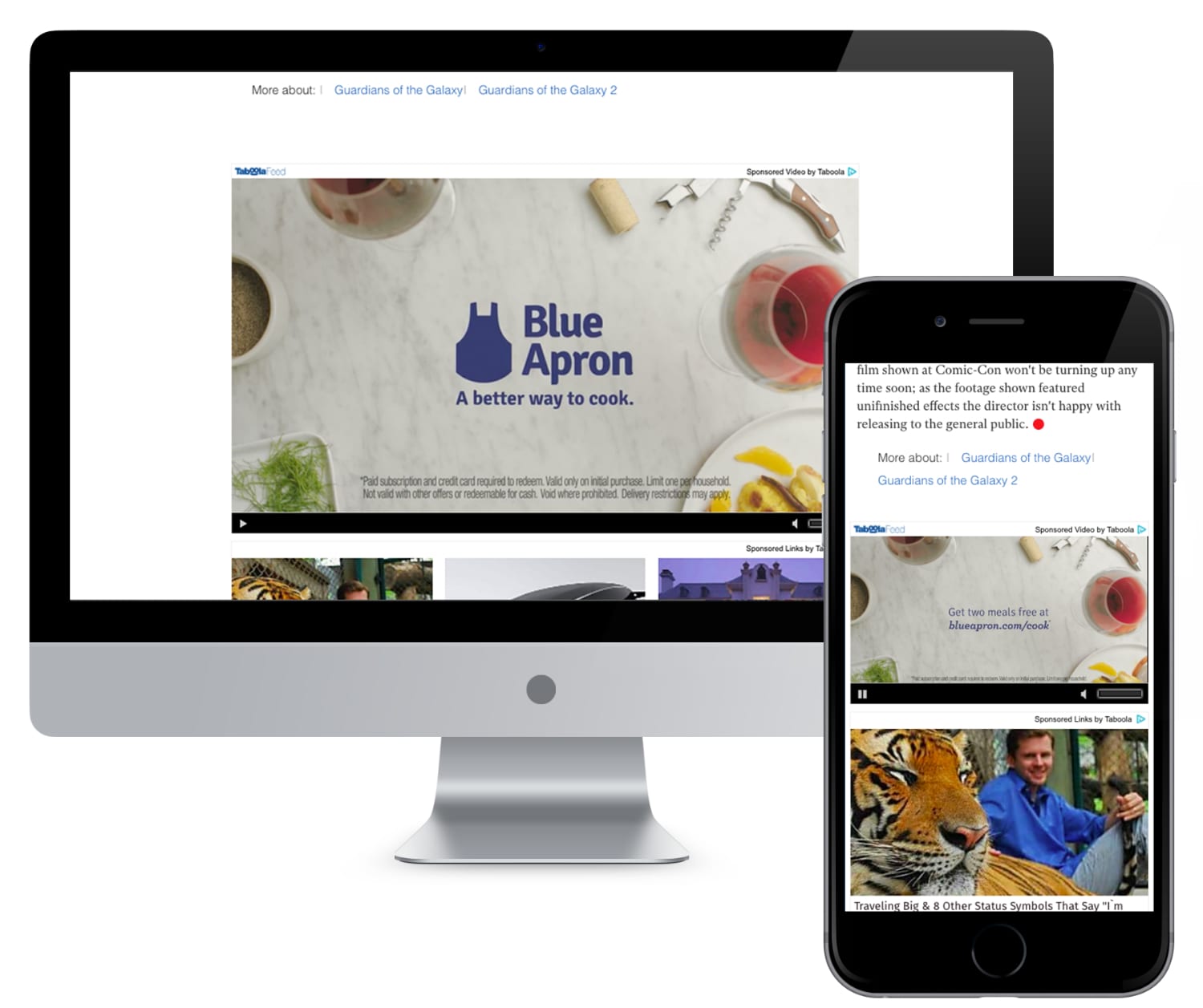With mobile usage booming and ad blockers continuing to gain traction, online publishers face challenges on multiple fronts when it comes to effective monetization.
Smartphones are challenged by smaller screen sizes, limited bandwidth, and shorter audience attention spans. Ad blockers are the result of consumers who are fed up with disruptive or irrelevant ads that diminish the overall browsing experience.
Digital media companies big and small are experimenting with revenue models that cater to these new consumer behaviors, from in-stream video to subscriber paywalls to native ads, which now drive more revenue than traditional display for many publishers (and is on track to support three-quarters of all ad revenue by 2021).
Given these challenges, there are some common tactics that Taboola’s publisher partners use to boost their on-site monetization, while sustaining a strong user experience (UX) for their audiences.
What Is “RPM”?

RPM, or revenue per mille, measures the amount of revenue generated for every 1000 page impressions.
RPM can be tracked for an overall page, as well as for individual ad units, such as banners and native recommendations. The precise math for each unit varies depending on its monetization model. For example, cost-per-click ads require users to engage before publishers see an uptick in revenue, while display ads are often monetized through viewable impressions.
While a focus on growing RPM is crucial for most online publishers, many also know that revenue alone should rarely be the only goal. Over time, it’s quality content and a strong UX that keeps people coming back to your site, which makes your audience that much more valuable to brand advertisers.
Activate ‘Read More’ Buttons For Mobile Audiences

Mobile traffic now accounts for the majority of page visits to publisher sites, but engagement with these new mobile audiences remains elusive.
Fewer than 15% of mobile visitors reach the end of an article, and those numbers dip even lower for users who arrive via Facebook.
To unlock more value from these high-bounce, low-engagement audiences, publishers can activate a “Read More” button for mobile users. This UX feature, first popularized by The New York Times and Quartz, raises the visibility of below-the-fold items, such as display ads or related content recommendations that may encourage users to stay longer.
“Read More” buttons help publishers drive incremental ad impressions as well as recirculation to other on-site original content. Taboola partners who have implemented this feature have reported RPM boosts upwards of 50%.
Experiment with mid-article recommendations across devices.

Another way that publishers spur on-site engagement is through related content recommendations that are natively integrated into or alongside the main article. These units are less intrusive than pop-up modules, and they create an opportunity to engage users before they click away or close their browser tab.
Mid-article recommendations can take a variety of forms. On mobile, a single, sponsored post could offer premium visibility for brand advertisers with video or article content. Alternately, on desktop, content carousels can present users with a mix of branded content, videos, related articles, mobile apps, products and services, and more.
Taboola’s predictive engine analyzes hundreds of contextual cues to match users with the top handful of items they are most likely to engage with during that specific moment. Our marketplace of over five million paid content items guarantees 100% ad fill rates for publishers and personalized recommendations for every user.
Tap into higher-RPM ad formats with ‘Taboola Feed.’

If a strong UX is crucial to fostering loyal audiences, then it’s imperative for publishers to offer an experience on par with today’s most popular social media platforms.
Taboola Feed is our turn-key solution that instantly transforms the bottom of any publisher article into a personalized content feed, matching users with related articles, videos, products, newsletters, weather updates, and any other kind of information that may be useful or entertaining.
By activating Taboola Feed, publishers see their RPM increase dramatically, as the new streamlined environment incorporates a more diverse range of ad formats including content and video, and as demand for online video continues to climb, many of our partners are embracing video in their Feed accordingly
Case Study: El Universal Sees Uplift of 40% with Taboola Feed

Taboola Feed supports goals beyond revenue for publishers as well, as our predictive engine powers customized experiences that encourage users to engage.
When Mexico’s largest daily publication, El Universal, implemented Taboola Feed, the team experienced a simultaneous uplift in RPM (37%) and pageviews (45%). This is an excellent example of a monetization effort that not only upholds the existing UX, but improves it.
While Taboola recommends these tactics as “best practices” for any online publisher, their impact on your business will also depend on your broader revenue strategy and cost structure.
As the industry has learned time and again, there is no silver bullet that can replace the robust revenues once generated by print advertising. These tactics above are examples of how publishers can aggressively pursue new opportunities, such as native ads, while remaining attuned to the careful interplay of revenue generation and user experience.